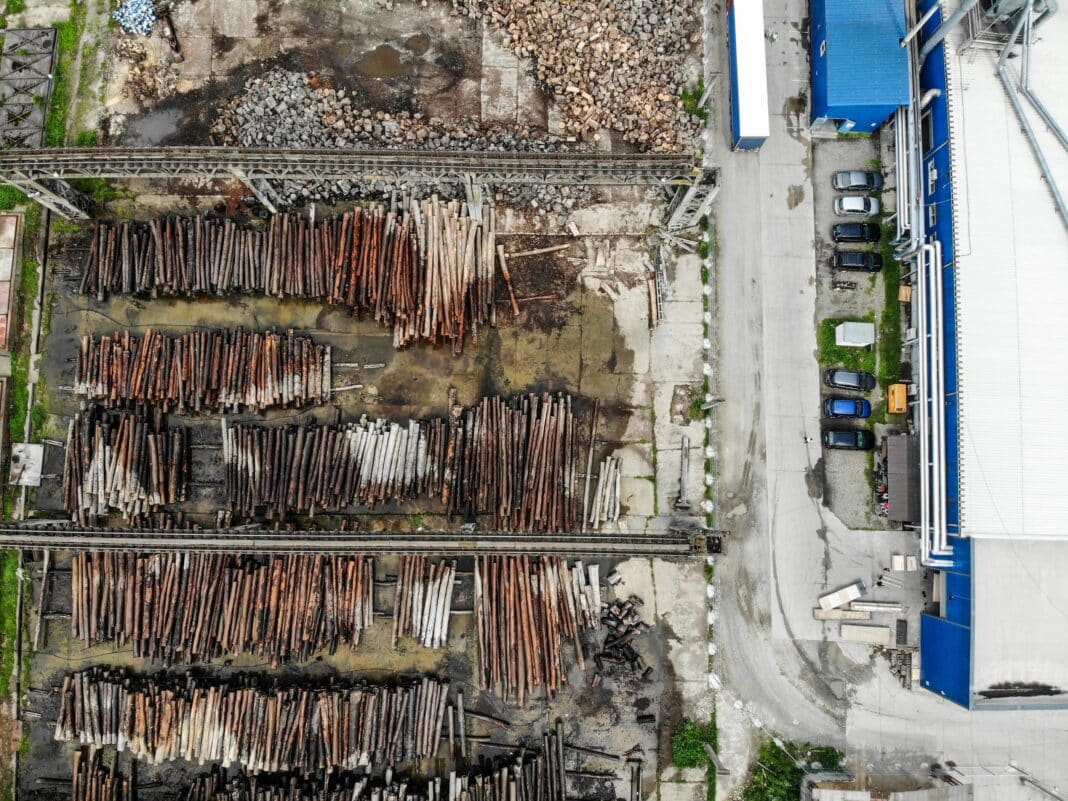Timber furniture sold in IKEA stores has been traced to protected areas in the EU’s last remaining old-growth forests.
It means that 30 product lines, including IKEA’s ‘all-time favourite’ INGOLF chairs, SNIGLAR baby cribs and beds – sold in Austria, Belgium, Czechia, Finland, France, Germany, Hungary, Italy, Israel, Poland, Sweden, Switzerland, and the UK – are implicated in the trade of old-growth logging.
That is according to a new report, Assemble the Truth: Old-growth forest destruction in the Romanian Carpathians, produced by Greenpeace’s Central and Eastern European Bureau. The report finds that the timber is connected to Natura 2000 protected areas.
And whilst Greenpeace acknowledges that the trade-in Romanian old-growth forests are legal, it is now calling on IKEA – the world’s largest producer and retailer of timber furniture – to help protect Europe’s last remaining old-growth forests in line with the EU’s new Biodiversity strategy.
“IKEA must become a corporate frontrunner for the needed political action to put in place legally binding and effective biodiversity protection measures to fulfil Europe’s biodiversity targets,” according to Robert Cyglicki, Greenpeace’s Biodiversity Campaign Director in Central and Eastern Europe.
“Our natural heritage can’t be turned into pieces of furniture. Old forests are vital to the planet’s health and must be immediately protected,” Mr Cyglicki said, adding, “IKEA must live up to its sustainability promises and clean up its supply chain from old-growth forest destruction.”
The Romanian Carpathians are home to brown bears, lynx wolves, and European bison—among the most important flora and fauna refuges on the European continent.
In a statement overnight, Greenpeace acknowledged “that furniture in general is a good way of using wood.” However, “the problem is that companies and authorities want to avoid identifying areas as primary or old-growth forests to avoid restrictions, with just 2.4% (or 1700 square kilometres) of Romanian Carpathian forests protected against logging.”
The report comes after an extensive investigation, which saw crack teams review permits and satellite imagery of logging sites, wood depots and furniture manufacturers, using ‘chain of custody’ to trace the logged timber to IKEA shelves.
According to the report, “IKEA is the biggest customer of products manufactured by (the) companies (covered in the report), implying a high likelihood that the problematic wood will end up in IKEA furniture.”
It comes as Romania is now using Cloud-based technologies, global satellites and LiDAR sensors to manage more than 450,000 cubic metres of timber transported along Europe’s most at-risk timber routes.
The result is that officials can now use real-time analysis to track vehicles with enclosed vehicle loads, ending the use of fraudulent photos at checkpoints – using satellite technology to trace cars across borders.
On Wednesday, Wood Central revealed that Romania’s Forest Guard had uncovered 2000 falsified transport declarations over the last two years alone. An investigative team led by RISE reported that transport companies were using the breakdowns at borders to push illegal timber into global supply chains.







